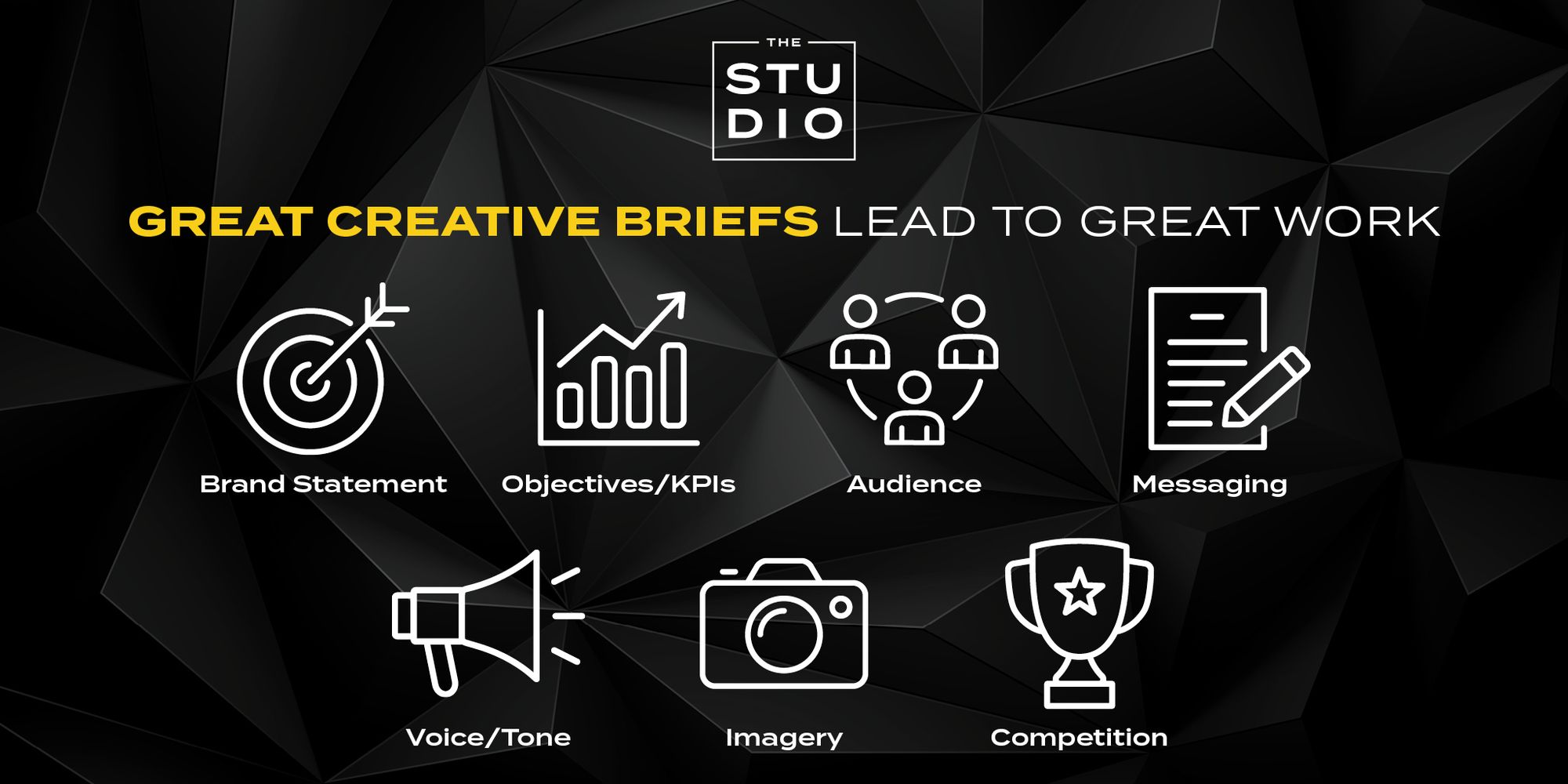The following blog post ran on the In-House Agency Forum blog on Oct.24.
A solid creative brief is essential for an agency to deliver excellent work. Whether your campaign connects with the audience and drives results or misses the mark, is late and over budget largely depends on the creative brief. At The Studio, which is the in-house agency for the brands of Anywhere Real Estate, we’ve found these parts of the creative brief to be most critical in keeping projects on target.
Brand Statement —This is first to remind clients of a very important detail — everything must be on brand. As an internal agency, you know your brand extremely well, so this section can be expanded to explain the situation. Why is the campaign needed? What’s the pain point? You don’t need every nitty-gritty historical detail, just what’s most important for context.
Objectives/KPIs —What are the measurable results you need to drive? Things like website traffic, open/click-through rates, video views and social engagement can be tied specifically to a campaign. Of course, not all campaigns need KPIs. Sometimes you just need holiday social assets, and that’s ok.
Audience —It’s rare when you can successfully be all things to all people, because the messaging is different and calls to action are usually different. The more audiences you try to fit in, the more watered down the messaging will be.
Messaging —Even the most beautifully designed campaign will fail if it doesn’t deliver the message in a compelling way. If your audience only took one thing away, what should that be? As with audience, the more messages you throw in, the less effective the campaign will be.
Voice/Tone —Stay on brand unless there’s a specific reason to push it. For example, we created a campaign after a top agent left for a competitor. It had to be inclusive, confident and positive without any jabs at the agent or competitor. But there were other times, such as when a competitor was spreading misinformation, that needed a very direct approach. It’s ok to just put “stay on brand” if there isn’t a specific reason to strike a different tone.
Imagery —Again, you must be brand compliant, but sometimes guidance is still needed. Do you need to show a product close-up or represent a geographic region? It’s best to give this guidance when there’s a specific reason — perhaps your president has hated every ad with people in it, so the client knows that won’t fly.
Competition —How does a competitor’s messaging or product impact this a campaign? Do you need to communicate benefits or differences? It’s best to include examples of the competitor’s marketing if this is relevant to the campaign.
Sometimes with creative briefs, whatnot to include is just as important as what to include. Avoid these five things to keep your project on target:
- Vague requests – I just want a clean design…
- I want something different, not the usual stuff (a.k.a. “I want to go off brand”)
- I have a bunch of ideas, check out my cool clip art and Google memes! (see #2)
- I’m not sure what I want, but I’ll know it when I see it.
- I want what our competitor just did.
If you see these pop up in your creative brief, it’s important to push back because they’ll derail a project every time. Instead, seek clarification and work with your client to deliver a solid, accurate and insightful creative brief, so your team will be set up for success!






